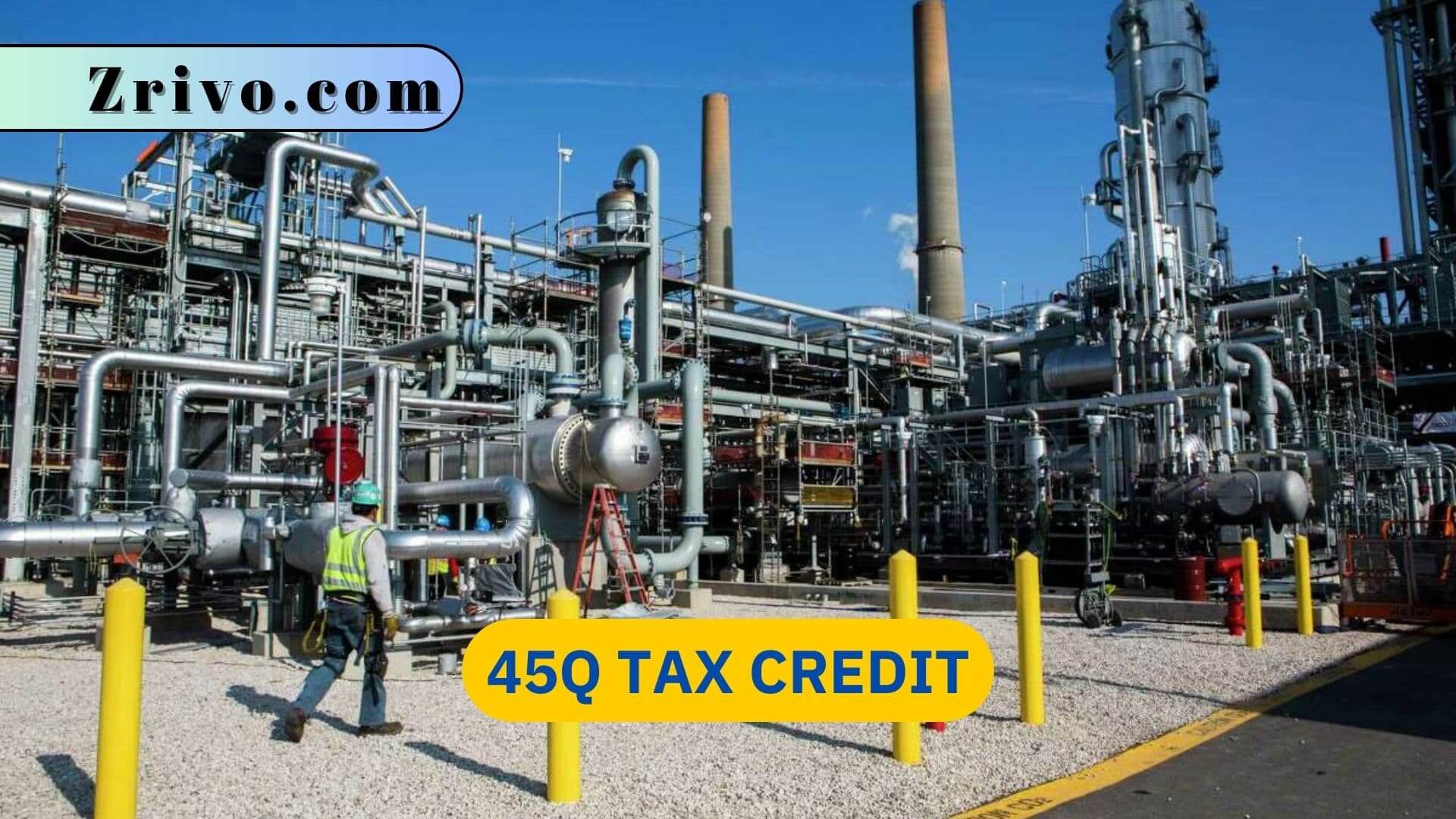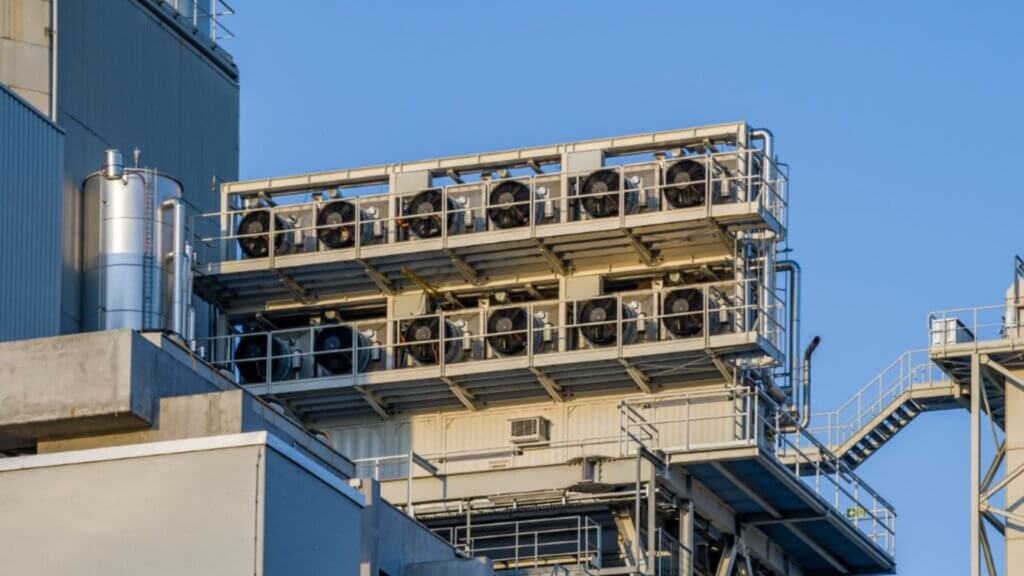45Q Tax Credit
The Section 45Q carbon capture tax credit is a crucial policy driver for the development of carbon capture, utilization, and storage (CCUS) projects. The Bipartisan Budget Act of 2018 instituted important changes to this tax incentive.

With the passage of the Bipartisan Budget Act of 2018, Congress significantly enhanced the 45Q credit to provide a powerful incentive for developing and deploying carbon capture technology. The credits are now available for projects that capture and permanently store carbon dioxide underground in geologic formations, inject it as a tertiary injected for enhanced oil recovery (EOR), or utilize it for production of fuels or other products through carbon utilization.
The final regulations include a definition of new components treated as placed in service under the 80/20 Rule to allocate section 45Q credits. One commenter recommended that the final regulations allow for the allocation of credits generated by a single process train of carbon capture equipment among multiple taxpayers that own different components within the carbon capture equipment or an undivided interest in the carbon capture equipment. However, the IRS believes that allowing such an allocation would create significant administrative burden and unfairly favor one group of similarly situated taxpayers over another.
The final regulations also require that a person that physically or contractually ensures the capture, disposal, injection, or utilization of qualified carbon oxide provide an MRV plan approved by the IRS before claiming a credit under section 45Q. This requirement ensures that taxpayers have the proper information to claim the credit and is consistent with CSA/ANSI ISO 27916:2019 principles.

How to Apply for 45Q Tax Credit?
Many companies pursuing the 45Q tax credit will use proven technology, such as carbon dioxide (CO2) capture from industrial facilities, and put it to work as a tertiary injectant in enhanced oil recovery projects. These projects use pressurized CO2 to scour oil from hard-to-reach rock pores and then pump the resulting crude back into a well for further extraction. Some commenters recommended that the final regulations recognize that both subpart RR and the ISO standard exclude any greenhouse gas other than carbon dioxide (e.g., carbon monoxide) from the definition of qualified carbon oxide. However, the final regulations do not adopt this suggestion.
Other commenters suggested that the final regulations clarify that multiple owners of a single process train of carbon capture equipment at a single industrial facility may be eligible to share section 45Q credits. The final regulations require each owner to report its contract information to the IRS on Form 8933 and requires each taxpayer that contracts with a counterparty who shares section 45Q credits to attach the counterparty’s signed Form 8933 to its own signed Form 8933.
The Treasury Department and the IRS have long held that the 80/20 Rule must be applied on a placed-in-service basis. This is consistent with the existing section 45 production tax credit approach.





